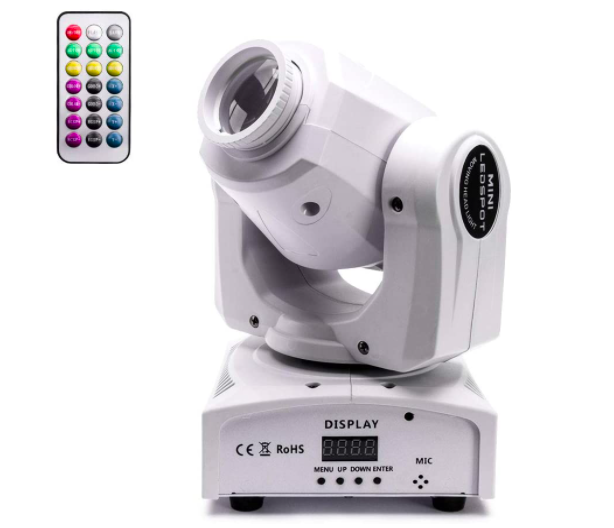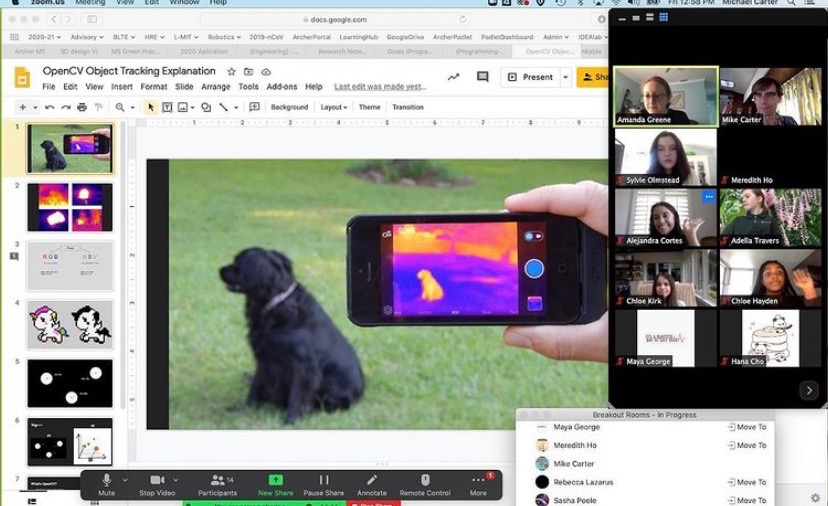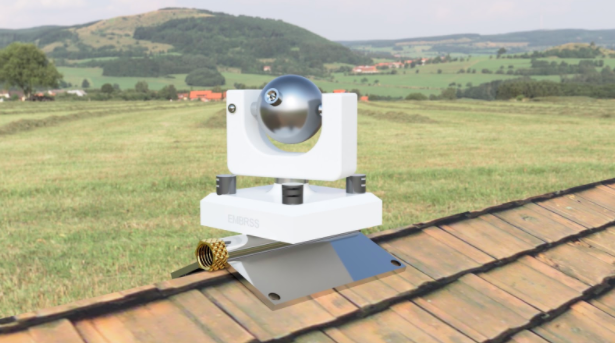Introducing Archer InvenTeam - November Progress
Overview:
In 2019, the fatal Getty fire burned within miles of our school, forcing it to shut down and inspiring us to create a device to protect houses from fires. As of January 2020, California alone has faced 7,860 wildfires, resulting in over a quarter of a million acres burned and 732 structures damaged or destroyed (CAL FIRE Incident). Research has found that up to 90% of structures burned in wildfires are ignited by embers rather than the central fire (Richburg, 2019). These embers can fly up to 70 miles per hour, meaning a single ember can easily travel far away from its source and ignite a new fire (Embers Cause the Most Damage). Examination of the 2018 Woolsey Fire in California, which burned almost 97,000 acres, reveals that embers spread by the Santa Ana winds were primarily responsible for the fire damage (Cosgrove, 2019). Therefore, we are developing an automatic sprinkler system that uses infrared cameras to detect, target, and extinguish approaching embers and any resulting hot spots. Our device, Hydra, attaches to rooftops and uses both fan nozzles and sprinkler nozzles to ensure the safety of a home from wildfires. We split our team into six committees in order to be the most efficient with a team as large as ours. Along with this, it has helped build trust and responsibility among team members, and encouraged other girls to take on leadership positions. The committees are: Mechanical Engineering, Programming-App, Programming-Motion, Design and CAD, Budgeting and Purchasing, Communications and Outreach.
Committee Updates:
Our Mechanical Engineering committee is in charge of combining all the mechanical aspects of the device to create a working rooftop sprinkler system which incorporates infrared cameras. They have been working on finding different aspects of the device that we can use to help build our prototype. After spending weeks researching the best fan nozzles, sprinkler nozzles, motors, batteries, and more for our device, orders are finally being placed. This committee has also been looking into the different ways the device could receive water, and which would be the most beneficial for the user, and they finally settled on the device using a hose splitter so an owner can use the water they already have in place of getting an entirely new system. Along with this, they have been doing a lot of research on solar power and the possibility of using solar panels on the frame of the device to help keep it charged. While they have made a lot of progress during this time, they have struggled to bring it all together when different parts are being shipped to different places and they are unable to sit in one room and just put it all together. The Engineering committee’s next steps, going forward, are to start bringing all their parts together to create a working prototype.
Our Programming-App committee works on designing the layout, functions, and information that will be available on the app that will control Hydra. They are currently working with the Communications and Outreach committee to finalize the logo for our device which will become the icon of our app. In addition, the committee has discussed at length the different features they want to be included on the app and how the app will be used. Finally, programming app is working to create a spec, or blueprint, of our app to gain a better understanding of the layout they want as they begin to finalize the design. In the upcoming months, our Programming-App committee wants to finalize the app icon design and finish the spec to start working on the wireframing of the app.
Our Programming-Motion committee has been figuring out how to use infrared cameras to pinpoint embers that Hydra will then extinguish, and they will ultimately be in charge of ensuring the device is able to run correctly. The committee has been hard at work coding with raspberry pis and testing out infrared cameras. They have been compiling sample codes from different projects that will eventually be uploaded to the raspberry pis. Programming-Motion is also discussing how they can make fires stand out in the infrared cameras, making sure Hydra will not mistake other objects for an ember. In order to address this, they are currently working through how to highlight objects of extreme heat, so embers, and embers only, appear as a certain color. Moving forward, our Programming-Motion committee plans to write and compile code to control the servo motor, work on and test color detecting code with the infrared camera, and combine the servo motor code and color detection code to make the nozzle point at a certain color.
Our Design and CAD committee is in charge of using 3D modeling software, Fusion-360, to create a virtual prototype of Hydra in order to keep an updated version of the device. They are currently working on a new and improved design for Hydra, and this past month they have been hard at work sketching their design. After some lengthy discussions, the committee decided to refresh the design of Hydra in Fusion-360 to better capture the new parameters of the device. Their goals for the next month are to finish their sketch with correct parameters, and begin turning their sketch into a 3D design, which they will eventually modify.
Our Budgeting and Purchasing committee works on communicating with other committees for the parts they need ordered, as well as finding the best prices and ensuring everything is delivered to the correct address. They began by creating a shared document with Lemelson-MIT in order to monitor our spending and ensure we stay on budget. The committee has also been ordering and sending supplies to our team members remotely. They have spent time organizing and planning which supplies to purchase for different committees, but most importantly they have started to send out materials to our team so we can begin actually building our device. They have sent supplies to almost all our committees! The Budgeting group is currently working on finding and purchasing supplies for Programming-Motion such as a micro SD card reader and USB adaptors. Their goals for the next month are to continue to collect supplies requests from committees, research to find the most reasonable options for those supplies, purchase supplies and collect receipts, and upload the purchasing information to Team Access.
Our Communications and Outreach committee is in charge of creating promotional material, keeping our social media updated, finding opportunities for outreach, and so much more! They have been working on running our team’s social media accounts including Facebook, Instagram, and Twitter. The committee is also designing a lot of logo options and are working to create a finalized logo for Hydra. Community Outreach has also put together a contact list for news sources and has reached out to them with the help of a publicist in order to inform the greater community. Their goals for the future are to finalize a logo, create business cards, and to start getting our project into the news.
We are so excited about all of the amazing progress we have made so far! From making an improved version of Hydra, to ordering supplies, to designing our app and logo, to beginning to build our prototype, and to testing our infrared cameras! We can’t wait to watch Hydra come to life!
References:
2019 Incident Archive. Calfire. https://www.fire.ca.gov/incidents/2019/.
California Department of Forestry and Fire Protection (CAL FIRE). Incidents Overview. Organization Image. https://www.fire.ca.gov/incidents/.
Cosgrove, J. (2019, January 6). Must Reads: Firefighters’ fateful choices: How the Woolsey fire became an unstoppable monster. LA Times. https://www.latimes.com/local/lanow/la-me- woolsey-resources-20190106-htmlstory.html.
Richburg, S.C. (March 12, 2019). Embers Cause Up To 90% Of Home & Business Ignitions During Wildfire Events. Cision PR Newswire. https://www.prnewswire.com/news-releases /embers-cause-up-to-90-of-home--business-ignitions-during-wildfire-events-300811068.htm l
Why Embers Cause the Most Damage in Wildfires. Frontline Wildfire Defense System. https://www.frontlinewildfire.com/why-embers-cause-the-most-damage-in-wildfires/.

